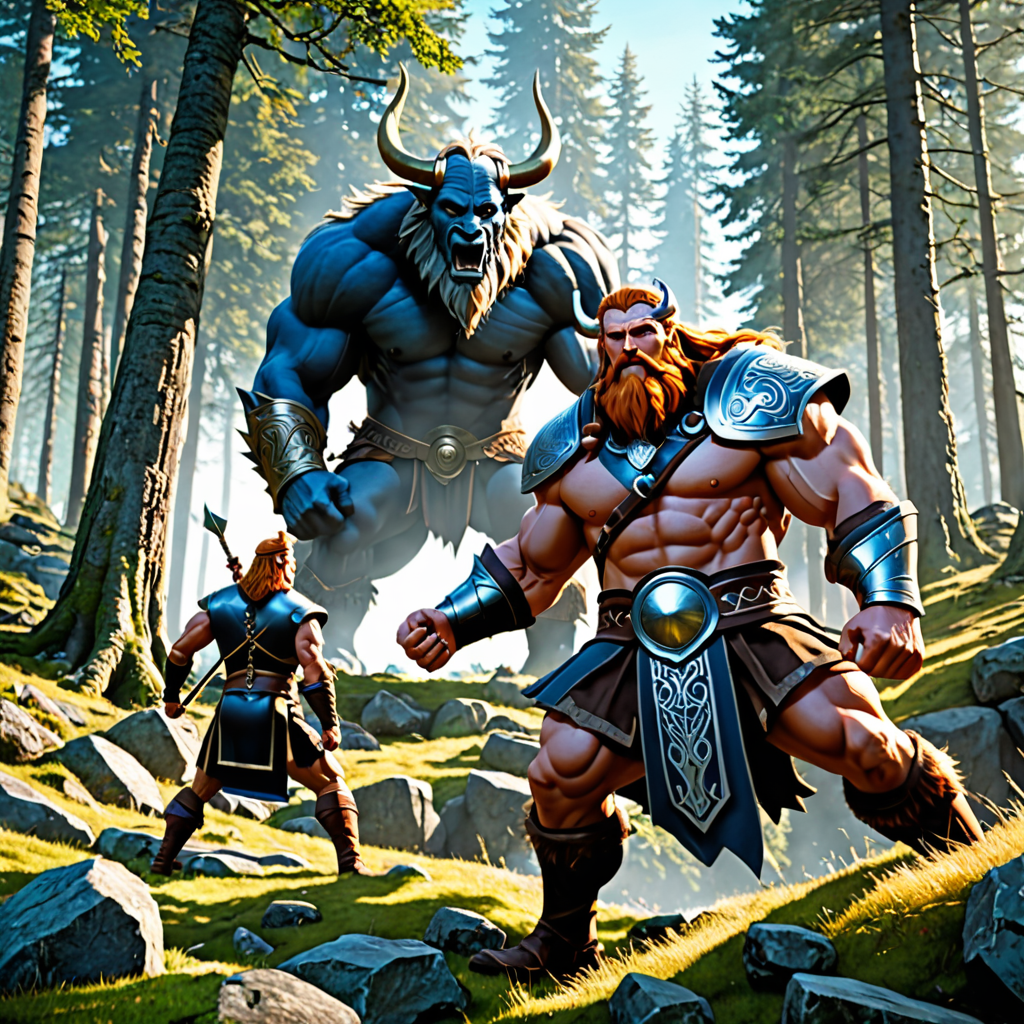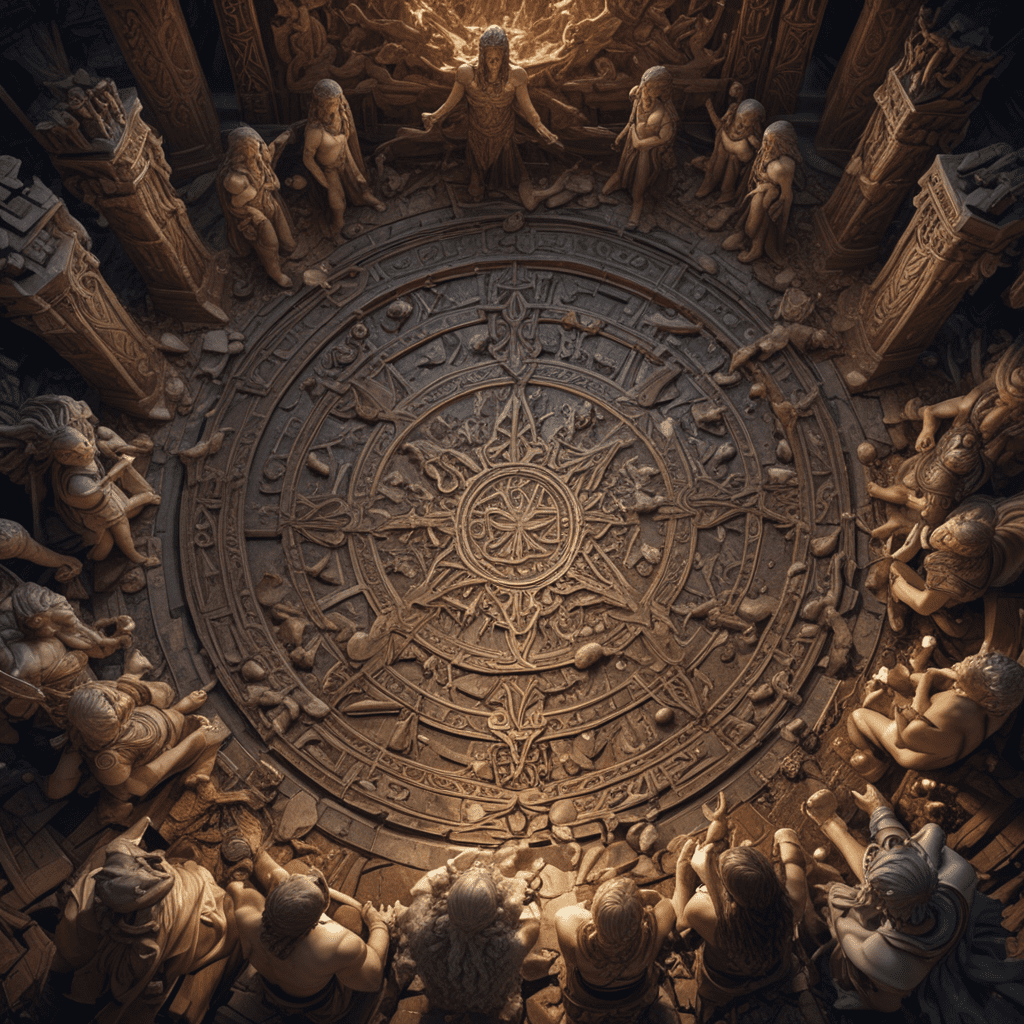The Role of Giants in Norse Mythology
Giantsplay significant roles in Norse mythology, often portrayed as powerful and sometimes antagonistic beings that are integral to the fabric of the Norse cosmos.
What are Giants in Norse Mythology?
In Norse mythology, giants are known as Jotnar or Jotunnsum (singular: Jotunn). They are primordial beings, representing chaos and nature, in stark contrast to the gods, who symbolize order and civilization. Giants are essential figures in Norse cosmogony and cosmology. While the gods dwell in Asgard, giants often reside in Jotunheim, their own realm.
Roles and Relationships of Giants
Giants frequently interact with the gods in various ways. Some giants, like the wise and friendly giant, Mimir, possess knowledge crucial to the gods. Others, such as the frost giant, Ymir, are seen as threats to the divine order. Loki, a complex figure in Norse mythology, is both a god and a “blood brother” to the giants, blurring the lines between these two groups.
Significance of Giants in Norse Mythology
Giants in Norse mythology represent forces of chaos, nature, and the unknown. They play vital roles in the narratives of creation, destruction, and rebirth, challenging the gods and shaping the destiny of the cosmos. Mythological stories involving giants often illustrate themes of overcoming adversity, the balance between order and chaos, and the cyclical nature of existence.
In Conclusion
Understanding the role of giants in Norse mythology is crucial to grasping the intricate tapestry of Norse cosmology and beliefs. They provide a dynamic and compelling contrast to the gods, embodying primal forces that are both awe-inspiring and terrifying. Exploring the myths and stories involving giants enriches our understanding of the complexities and nuances of Norse folklore.
FAQs about The Role of Giants in Norse Mythology
What are giants in Norse mythology?
Giants, also known as Jotnar or Jotun, are powerful and often hostile beings in Norse mythology. They are depicted as immense in size, representing chaotic forces in opposition to the gods.
What is the significance of giants in Norse mythology?
Giants play a crucial role in Norse mythology as antagonists to the gods, often engaging in conflicts that shape the world. They are associated with primal forces of nature and symbolize the untamed aspects of the cosmos.
How do giants interact with other beings in Norse mythology?
Giants interact with gods, humans, and other beings in various ways, sometimes marrying into other realms like Asgard. They can be both foes and allies, adding complexity to the mythological narratives.
Which famous giants are featured in Norse mythology?
Prominent giants in Norse mythology include Ymir, the primordial giant whose body formed the world, and Jormungandr, the monstrous serpent. Other well-known giants are Skadi, Surtr, and Thrym.
Are all giants evil in Norse mythology?
Not all giants are inherently evil in Norse mythology. While some giants are portrayed as malevolent and destructive, others display virtues and can form meaningful relationships with gods and other beings.



